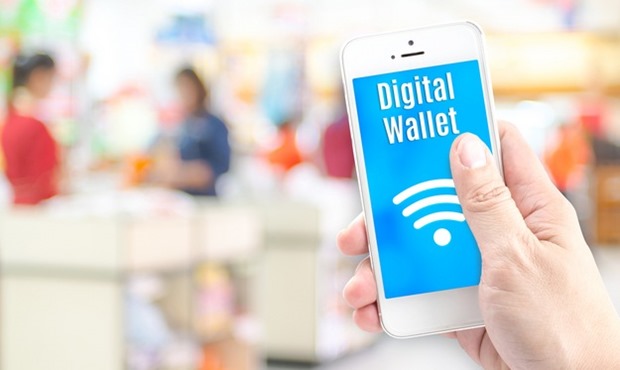We saw how to use BHIM app for payments and receipts in our last post. Today we shall see how to use India’s most popular digital payment app, i.e. PayTM. While BHIM is a link-up interface to use your bank account, PayTM has its own money wallet where one can keep money. Using that wallet is the fastest way to pay, since it uses the money stored inside and does not have to connect to any banks. Plus, there are plenty of offers, deals and cashbacks if you use PayTM to pay for several services. And the best benefit of all is that you use no cash. Continue reading “Using PayTM: India’s most popular cashless wallet”
Month: December 2017
Using BHIM for cashless transactions
BHIM stands for BHarat Interface for Money. It is an app that uses the Indian government initiated UPI (Uniform Payment Interface) to transfer money between two bank accounts in real time. The Indian government’s arm named NPCI (National Payments Corporation of India) is responsible for the development and maintenance of UPI and BHIM. Continue reading “Using BHIM for cashless transactions”
Making India cashless: Intro to a series of tutorials
Over the last year, since demonitisation of ₹500 and ₹1000 notes, India has been trying to make a push to adopt digital, cash-free payments. While the number of online purchases from websites like Amazon and the usage of services like Uber has grown, brick-and-mortar retail businesses are slower in adopting digital money. Methods like credit cards, debits cards, digital wallets and UPI are widespread in the megacities and tourist hotspots, but non-existent in towns and villages. The main reason for this is the lack of awareness, no official documentation and an apprehension to adopt the unknown. I am writing a series of posts specific to India, where I show step-by-step examples on how to use set up and use different digital payments methods both as a customer and as a vendor. Continue reading “Making India cashless: Intro to a series of tutorials”


